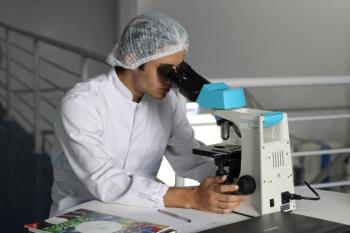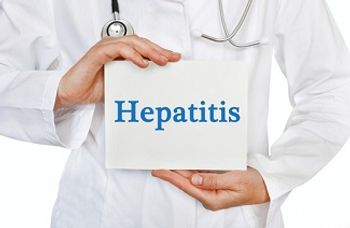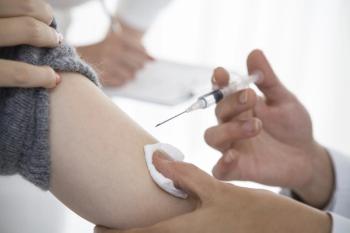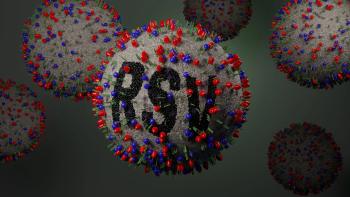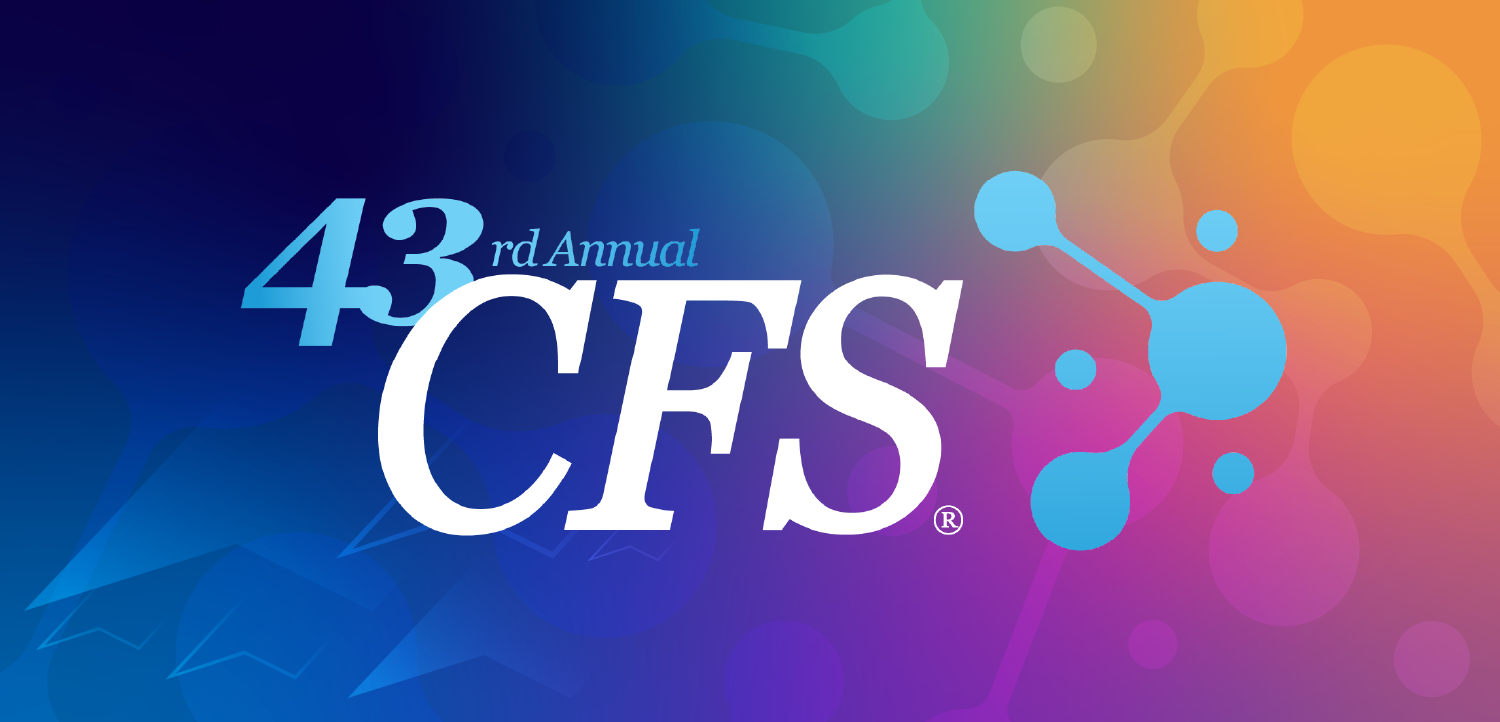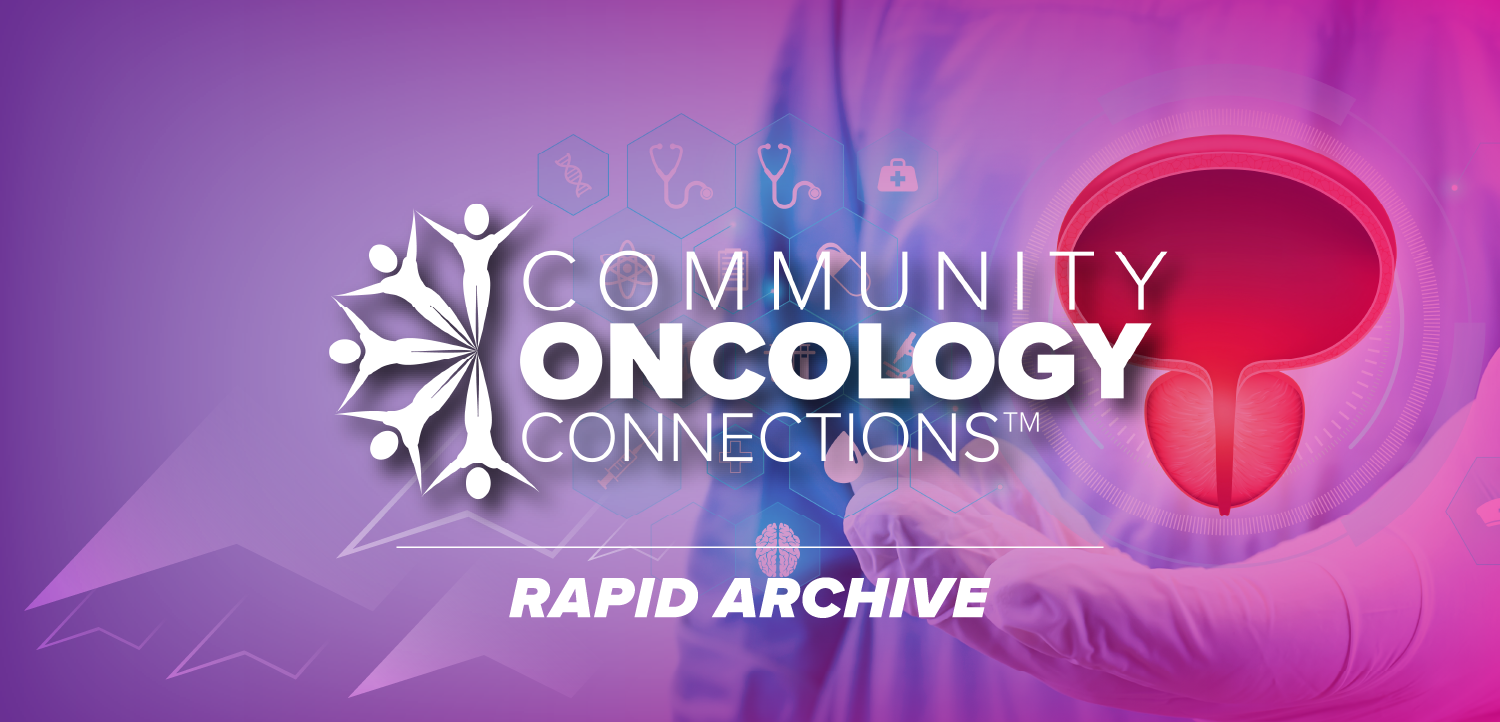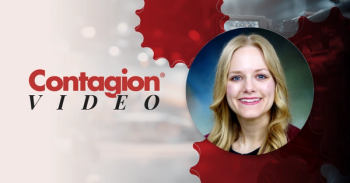
VA Signs Contract to Utilize C difficile Pathogen-Visualization Tool to Identify Contamination
The tool's developer, LIV Process, says it has created a water-based reagent that illuminates Clostridioides difficile on surfaces so teams can verify cleaning in real time.
LIV Process, a Philadelphia-based biotechnology company, announced a patented microbial-visualization technology that allows hospitals to see environmental contamination from pathogens such as
The reagent is water-based and designed to bind resilient spores, which then fluoresce under a specific light wavelength. Hospitals can use the signal to audit cleaning in real time, provide feedback to environmental services teams, and target residual contamination more precisely. According to the Centers for Disease Control and Prevention, C difficile is a leading cause of healthcare-associated infections in the United States, with nearly 500,000 infections and more than 29,000 associated deaths annually. Among adults aged 65 years or older, approximately 1 in 11 patients with C difficile infection die within 1 month of diagnosis. Despite long-standing prevention measures, national infection rates remain high, and recent literature has called for multifaceted solutions.
LIV Process reports collaborative validation efforts with University of Virginia Health, University Health San Antonio, University of Texas Southwestern, UMass Memorial Health, the Cleveland VA, Duke University Medical Center, and Baptist Health. While acute-care hospitals are the current focus, the company notes potential uses in long-term care, home care, food safety, and other public settings. To better understand the technology and the VA rollout, we conducted a Q&A with the LIV Process team.
Contagion: What specific optical/chemical method does LIV Process use to make C diff and other pathogens visible in real time, and what independent data demonstrate sensitivity/specificity versus standard environmental monitoring (eg, cultures, spore surrogates, fluorescent markers)?
LIV Process: LIV Process developed dynamic biomolecules that specifically bind to unique and essential components of the C difficile spore’s surface. The fluorescence is turned “on” when the biomolecule is bound to its target on the spore’s surface and can be visualized by eye using the light and goggles that come in the LIV Process Visualization System.
The sensitivity has been validated in a laboratory using known amounts of purified C difficile spores and in clinical settings culturing and enumerating C difficile from contaminated surfaces as indicated by LIV Process induced illumination.
The specificity has been validated not only by fluorescence microscopy but also by comparing equivalent numbers of purified spores or vegetative bacteria from the following organisms: C difficile, C sporogenes, B subtilis, S aureus, and K pneumoniae. LIV Process Visualization System illuminates contaminated surfaces only containing C difficile spores demonstrating specificity for C difficile over other spore species as well as surface surviving bacteria in general.
Contagion: Across pilot or early-adopter sites (UVA, Duke, Cleveland VA, Baptist Health), what measurable outcomes have you observed, such as improved cleaning pass rates, reduced recontamination, or changes in C diff infection rates, and over what timeframes?
LIV Process: “The purpose of LIV Process is to provide microbial visualization of viable C diff spores on non-porous surfaces.Up until this point in time, C diff was invisible and thus unverifiable after disinfection processes are implemented to determine if the C diff spores were eradicated.The most compelling data available from the team at Baptist Health, Little Rock was an 85% reduction of CDI after 4 months of LIV Process Implementation. Additional data from other facilities will be released over the next several months. Keep in mind that LIV Process has been commercially available for a limited time with US launch in December 2024.”
Contagion: How is the VA rollout structured operationally (procurement, staff training, integration into EVS workflows, cost per unit/room, maintenance), and what guardrails address false positives/negatives and compatibility with existing disinfectants?
Liv Process: The VA contract for LIV Process was approved in September 2025. LIV Process is currently working with Environmental Services and Infection Prevention leadership with a group of twelve VA hospitals at the current time and is communicating with all 170 VA hospitals through the next 6 months. Each VA hospital has protocols established that are unique to each facility and typically integrates LIV Process on their high-risk patient care units.
LIV Process Visualization System identifies (areas of) surfaces that are contaminated with C difficile spores and is compatible with all disinfectants. Disinfectants can be used in a targeted manner where LIV Process identifies C difficile contamination and used according to recommended procedures already in place in the facility. LIV Process can be applied again to verify that all contamination was removed with the targeted disinfection step.
Follow-up culturing from contaminated healthcare surfaces confirmed both targeted detection of C difficile on illuminated surfaces and true negative results when no fluorescence is observed.
LIV Process positions its tool as a complement to standard cleaning, giving frontline teams real-time feedback to audit workflows and target residual contamination. With VA approval in place, the company is focusing on onboarding across sites, collecting outcomes data, and refining training with health systems and the VA to inform broader infection-prevention efforts.
Reference
Philadelphia Biotech, LIV Process Unveils Breakthrough Microbial Visualization Technology to IDWeek 2025 Empowering Frontline Staff to See What Cleaning Misses. PRNewswire. October 16, 2025. Accessed November 11, 2025. https://www.prnewswire.com/news-releases/philadelphia-biotech-liv-process-unveils-breakthrough-microbial-visualization-technology-to-idweek-2025--empowering-frontline-staff-to-see-what-cleaning-misses-302586610.html
Newsletter
Stay ahead of emerging infectious disease threats with expert insights and breaking research. Subscribe now to get updates delivered straight to your inbox.

